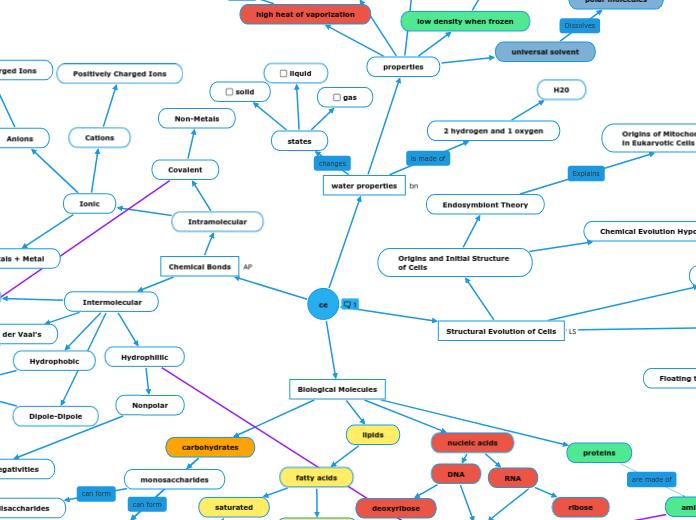door Aaron Pham 11 maanden geleden
183
ce
The text discusses various fundamental concepts in chemistry and biology, including the nature of chemical bonds and their classifications such as covalent and ionic bonds. It delves into the properties and behaviors of water, highlighting its importance as a universal solvent, its high specific heat, and the unique characteristics that arise from hydrogen bonding.









